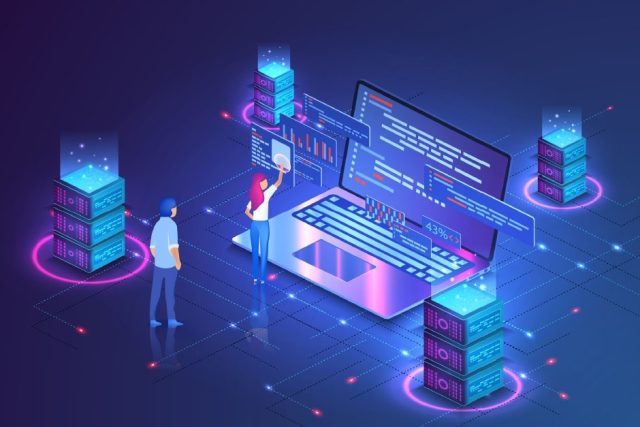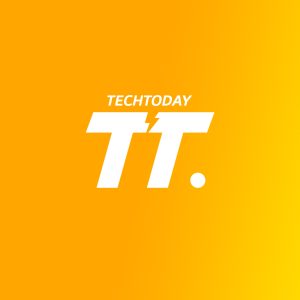Gartner recently revealed its list of the top 10 strategic technology trends for 2025, highlighting key advancements that will shape the future of IT and digital innovation. These trends, unveiled during the IT Symposium/Xpo in Australia by Gartner’s distinguished VP analyst Gene Alvarez, reflect the rapid evolution of AI, computing, and human-machine interaction. IT leaders are urged to monitor these technologies closely, as they are expected to drive significant disruption and transformation over the next two to ten years.
1. Agentic AI: Decision-Making AI Agents
Agentic AI is expected to transform how individuals and organizations interact with AI. These systems will go beyond generating recommendations or insights, taking actions on behalf of users when permitted. Within two to three years, AI agents will make decisions autonomously, providing a new level of efficiency and automation in business operations.
2. AI Governance Platforms
As AI becomes more integrated into daily operations, concerns about bias and ethics have emerged. AI governance platforms will address these issues, building trust through transparency and explainability. These tools will allow organizations to monitor AI outputs, ensuring ethical use and preventing harmful decisions.
3. Defending Against Disinformation
With the rise of generative AI, the creation of synthetic media (deepfakes) is becoming more prevalent. Disinformation security tools are being developed to identify and combat these deceptive materials, helping organizations maintain the integrity of their data and protect against malicious actors who spread false information.
4. Post-Quantum Cryptography
Quantum computing presents a threat to current encryption methods, necessitating the shift to post-quantum cryptography. Gartner predicts that within two to three years, IT leaders will need to replace traditional encryption algorithms with quantum-safe alternatives, ensuring their data remains secure in a post-quantum era.
5. Ambient Wireless Tags and Sensors
The falling cost of wireless tags and sensors is enabling organizations to track previously inaccessible data. These sensors can monitor supply chains, inventory, and physical assets in real-time, providing enhanced visibility into operations and improving decision-making across industries.
6. Energy-Efficient Computing
As computing power increases, so does energy consumption. Organizations are beginning to prioritize energy-efficient computing by leveraging green cloud providers and optimizing algorithms for reduced energy use. Emerging technologies like optical and neuromorphic computing could further improve energy efficiency, especially for resource-intensive applications like AI.
7. Hybrid Computing
The future of computing is hybrid, integrating a range of technologies including CPUs, GPUs, quantum computing, and edge computing. This approach will allow organizations to orchestrate multiple computing paradigms to meet complex needs, blending the strengths of different technologies for greater flexibility and performance.
8. Spatial Computing: Merging Physical and Digital Worlds
Spatial computing brings together the physical and digital worlds through augmented reality (AR) and similar technologies. This convergence enables real-time contextualization for tasks such as manufacturing and product development, enhancing collaboration and decision-making in 3D environments.
9. Polyfunctional Robots: The Next Wave of Robotics
In the coming decade, polyfunctional robots will be able to perform a wide range of tasks, replacing single-purpose robots. These robots will become an integral part of daily life by 2030, handling everything from manufacturing tasks to personal assistance, dramatically changing how industries operate.
10. Neurological Enhancement Technologies
While still in early stages, neurological enhancement technologies have the potential to transform healthcare by restoring lost senses like sight and hearing. Simple wearables, such as headbands or earbuds, will eventually evolve into sophisticated brain-computer interfaces. These technologies, though far off, will be a game-changer in healthcare and beyond.
Gartner emphasizes the need for IT leaders to evaluate these trends carefully. Not all trends will require immediate action, but ignoring them entirely could be risky. Alvarez warned, “if you turn your back on a wave, it could knock you down.” IT leaders must determine which technologies to adopt, which to monitor, and which to delay, ensuring they stay ahead of the curve in a rapidly evolving tech landscape.
These trends are expected to redefine how organizations leverage technology, drive innovation, and adapt to the challenges of tomorrow.






